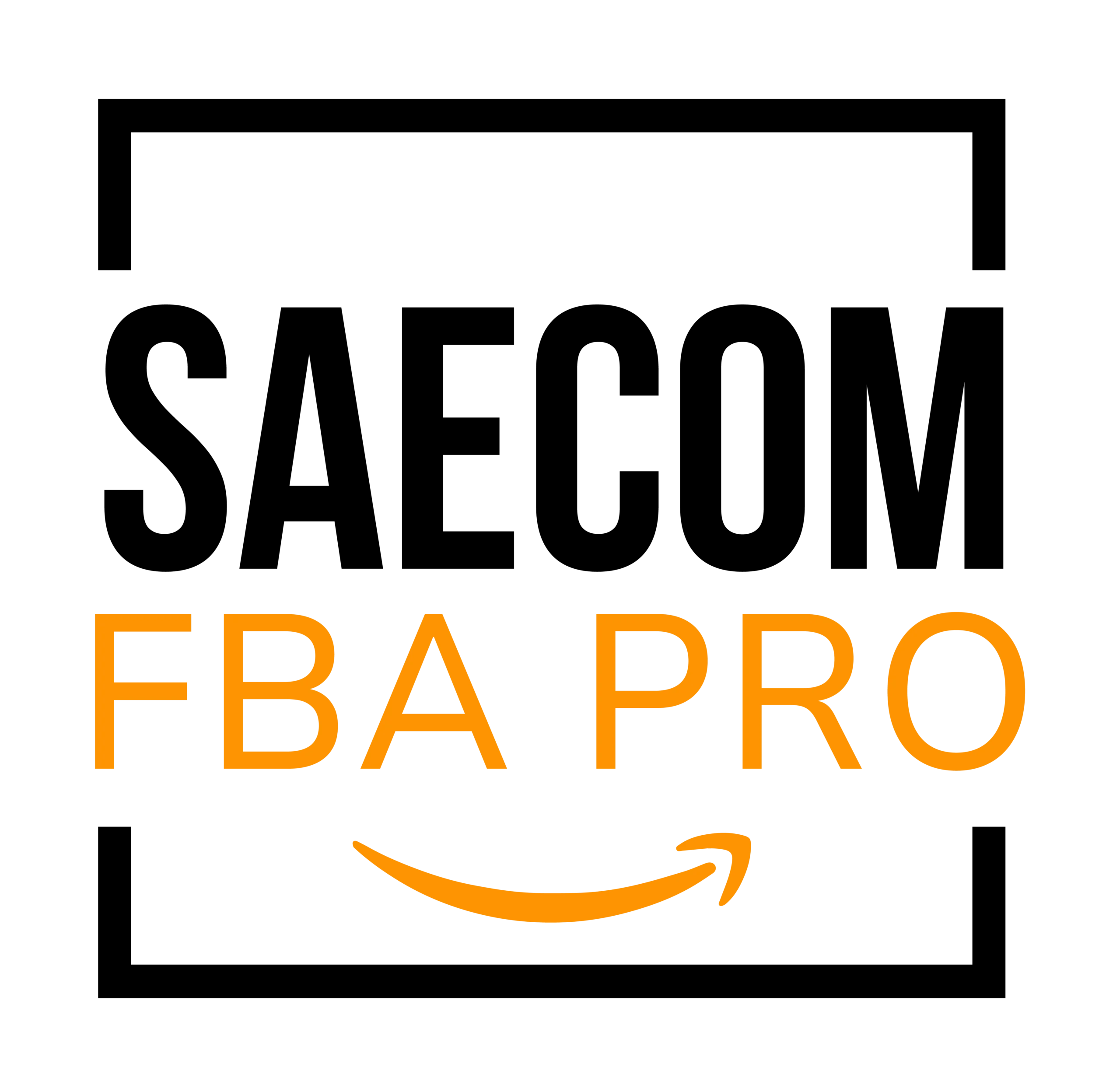Amazon 1P vs 3P: Key Differences, Pros, Cons & Seller Guide
When most people think about selling products on Amazon, the typical image is of independent sellers offering their own items through Amazon’s marketplace, fulfilling orders via Fulfillment by Amazon (FBA). This approach is known as being a third-party (3P) seller on Amazon.
But have you ever wondered how Amazon manages to stock and sell such a vast variety of brands and products? Amazon also buys items in bulk directly from thousands of manufacturers and brands through a system called Amazon Vendor — also known as Amazon 1P.
For businesses considering selling on Amazon, it’s essential to understand the distinction between Amazon 1P and 3P. In this article, we’ll break down how these two selling options differ and the pros and cons of each model.
What’s the Difference Between Amazon 1P and 3P?
The core difference between Amazon 1P and 3P is who you’re selling to: in one, you sell directly to Amazon, and in the other, you sell straight to customers.
Let’s take a closer look at each selling model and examine the benefits and downsides associated with them.
What is Amazon 3P?

Amazon 3P (Third-Party) is a selling option that lets independent businesses offer their products through Amazon’s marketplace using Seller Central. In this setup, sellers manage their own product listings and can choose to fulfill orders themselves (Fulfillment by Merchant, or FBM) or let Amazon handle it through FBA.
Amazon provides the selling platform, payment processing, and customer service infrastructure. Meanwhile, third-party sellers handle everything from pricing and inventory to product listings and marketing campaigns.
In return for using the platform, sellers pay a referral fee on every sale they make.
The 3P model has surged in popularity in recent years, offering businesses of all sizes direct access to Amazon’s enormous customer base. When you see a listing that says “Sold by (store name),” that’s an example of a third-party seller on Amazon.
The 3P sellers model has surged in popularity in recent years, offering businesses of all sizes direct access to Amazon’s enormous customer base. When you see a listing that says “Sold by (store name),” that’s an example of a third-party seller on Amazon.
What is Amazon 1P?

Amazon 1P (First-Party), often called Amazon Retail, refers to products sold directly by Amazon itself. In this model, Amazon buys goods at wholesale prices from manufacturers and distributors via Vendor Central and then resells them to customers on its platform.
Here, Amazon owns the inventory and is responsible for everything — from setting prices to inventory management, fulfillment, customer support, and processing returns.
This differs from the 3P model, where independent sellers manage those responsibilities themselves. In the 1P arrangement, Amazon acts as the seller of record, and you’ll typically see listings that say “Ships from Amazon.com” and “Sold by Amazon.com.”
Amazon uses a mix of both 1P and 3P models to provide customers with a wide selection of products at competitive prices. 1P is usually reserved for high-volume, well-known brands, while 3P is often the route for niche, specialty, or newer products.
Pros and Cons of Amazon 1P & 3P
Now that you know how the two models work, let’s go over the benefits and drawbacks of each so you can decide which one best suits your business.
Keep in mind that Amazon 1P is invitation-only and applies to specific products — not entire seller accounts. Amazon typically selects products based on factors like sales volume and customer demand.
Amazon 1P: Pros and Cons
| Pros | Cons |
| Products labeled “Sold by Amazon.com” tend to earn customer trust, potentially leading to more sales. | Sellers have limited control, as Amazon decides on product pricing, shipping policies, and inventory management, which can impact brand control. |
| Direct relationship with Amazon can open doors for better product placement and promotional opportunities. | Profit margins are generally lower since Amazon buys products at wholesale prices. |
| Often prioritized in Amazon search results and marketing programs, increasing product visibility. | Payment terms can be lengthy — sometimes 30, 60, or even 90 days — which can strain cash flow. |
| Amazon handles listings, customer service, returns, and sales tax, reducing operational burden for the seller. | Numerous additional fees (like marketing, co-op, remittance, and chargebacks) can add up, sometimes taking 25% or more of revenue. |
| Access to advanced marketing tools such as A+ Content and specialized advertising options via Vendor Central. | Sales volume isn’t guaranteed just because Amazon carries your product, and you could be dropped from the program anytime. |
Amazon 3P: Pros and Cons
| Pros | Cons |
| Full control over pricing, listings, marketing, inventory, and fulfillment strategies. | While Amazon fees for 3P sellers are more predictable, FBA-related charges can still be high depending on product size and weight. |
| Build and grow your brand directly through Amazon’s marketplace and gain insights from detailed sales reports. | Managing every aspect of your business — from listing creation to logistics and customer service — can be demanding, especially for new sellers. |
| Typically higher profit margins since you set your own prices and manage costs. | Handling inventory management is challenging, especially for new product launches. Excess stock stored at FBA can rack up additional storage fees. |
| Opportunity to expand internationally through Amazon’s global selling programs like NARF. | |
| No limit on the number of products you can list, unlike 1P where Amazon might only order select items. |
How to Become an Amazon 1P Seller
As noted, joining Amazon Vendor Central is by invitation only — you can’t apply for it directly. You’ll need to wait for an Amazon category or brand manager to reach out and invite you to join.
If your goal is to become a 1P seller, focus on building a solid reputation as a third-party seller first. Prioritize high sales volumes, positive reviews, consistent stock availability, and strong customer satisfaction ratings to catch Amazon’s attention.
Another way to increase your chances is by participating in industry trade shows. Amazon representatives often attend these events looking for promising brands to onboard.
That said, even with excellent performance and networking, there’s no guaranteed path to a 1P vendor invite.
It’s also worth considering whether becoming a 1P vendor aligns with your business goals. Thanks to programs like Brand Registry, third-party sellers now have access to tools and features once exclusive to vendors, including:
- A+ Content
- Amazon Live
- Brand Analytics
- Amazon Storefronts
- Amazon Vine
- A broad range of Amazon Advertising solutions
While being a vendor does offer certain advantages, many sellers find great success remaining in the 3P space.
Final Thoughts
The great news is that anyone can become a third-party 3P sellers on Amazon! If you haven’t yet, it’s easy to get started. Follow a step-by-step guide to creating an Amazon seller account and start selling your products on the marketplace.


